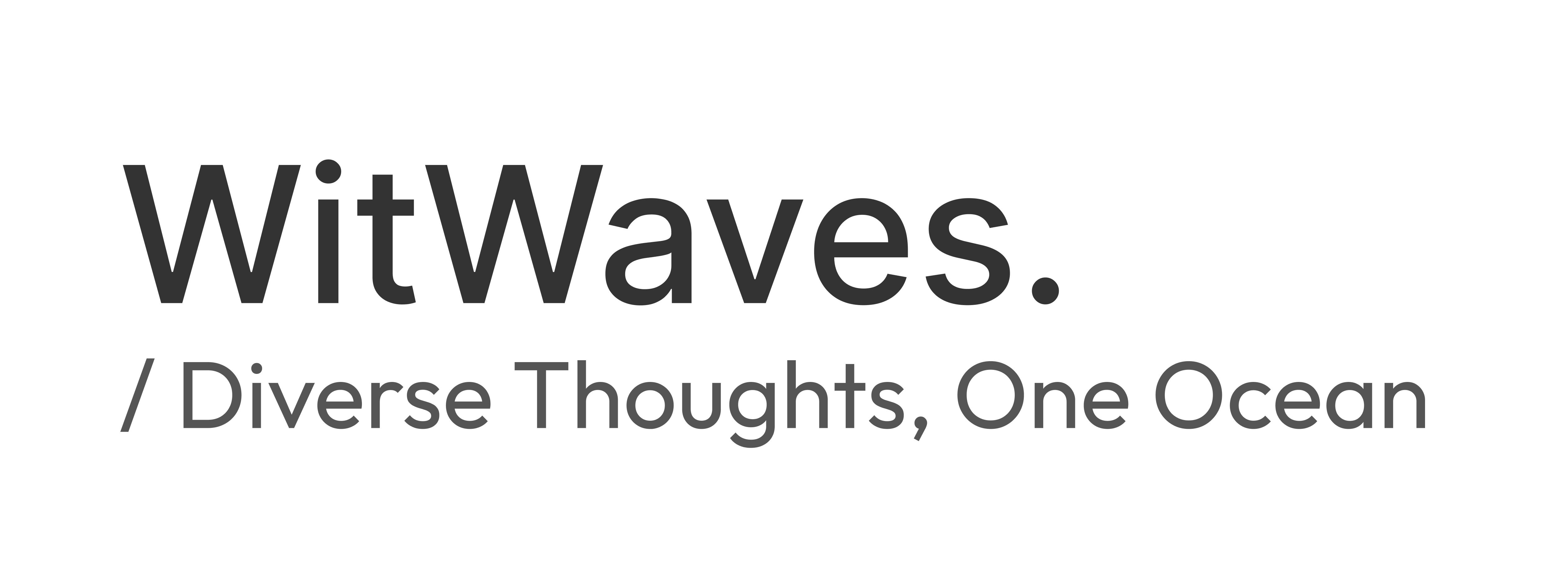In the world of digital dangers, cyber attackers come in many forms, including individuals and groups with different goals and ways of operating. Understanding these adversaries is crucial for improving online security and protecting sensitive information. Let's take a look at the different types of cyber attackers and what drives them.
Types of Cyber Attackers
Amateurs
- 'Script kiddies' are novice hackers who surfaced in the 1990s. They rely on pre-made tools and online instructions for cyberattacks. Motivations vary from curiosity to causing harm. Despite their basic tools, their attacks can be highly damaging.
Hackers
- White hat attackers: Ethical hackers who seek vulnerabilities in systems to enhance security. They obtain prior permission and report their findings.
- Gray hat attackers: Hackers who find vulnerabilities but may only report them if it aligns with their goals, sometimes sharing them online.
- Black hat attackers: Malicious hackers exploiting vulnerabilities for personal, financial, or political gain. Their actions are illegal and harmful.
- Suicide hackers: Individuals who's goal(s) are to bring down critical infrastructures for a cause.
Organized hackers
- Advanced Attackers: This group comprises cybercriminal organizations, hacktivists, terrorists, and state-sponsored hackers. They are typically organized and often offer cybercrime services to others.
- Hacktivists: Hackers with political motives who aim to raise awareness about important issues through their actions.
- State-sponsored Attackers: Highly trained and well-funded hackers working for governments. They gather intelligence or engage in sabotage to advance their government's interests, with specific and strategic objectives.
Internal and External Threats
Employees, contract staff or trusted partners can accidentally or intentionally:
- mishandle confidential data
- facilitate outside attacks by connecting infected USB media into the organization's computer system.
- invite malware onto the organization's network by clicking on malicious emails or websites.
- threaten the operations of internal servers or network infrastructure devices.
Amateurs or skilled attackers outside of the organization can:
- exploit vulnerabilities in the network.
- gain unauthorized access to computing devices.
- use social engineering to gain unauthorized access to organizational data.
Cyberwarfare is using technology to hack into another country's computer systems and networks to cause harm or disruption, like shutting down power grids.
Protecting Yourself and Your Organization
Simple Cybersecurity Measures are:
- Regular Security Training: Educate employees about latest threats and safe practices.
- Strong Password Policies: Use multi-factor authentication and strong, unique passwords.
- Regular Updates and Patching: Keep systems and software up to date.
- Monitoring and Incident Response: Continuously monitor for suspicious activities and have an incident response plan.



Discussion
Start the conversation
No comments yet
Be the first to share your thoughts on this article. Your insights could spark an interesting discussion!